Sustainable Forestry vs. Traditional Logging: Which is Better?
- August 7, 2024
- 0 comment
The debate between sustainable forestry and traditional logging is pivotal in our quest to balance economic growth with environmental stewardship. Traditional logging, driven by the demand for timber and short-term profits, often involves clear-cutting large forest areas, leading to significant ecological disruptions such as loss of biodiversity, soil erosion, and alteration of water cycles. In contrast, sustainable forestry practices aim to maintain the health and diversity of forest ecosystems while still providing economic benefits.
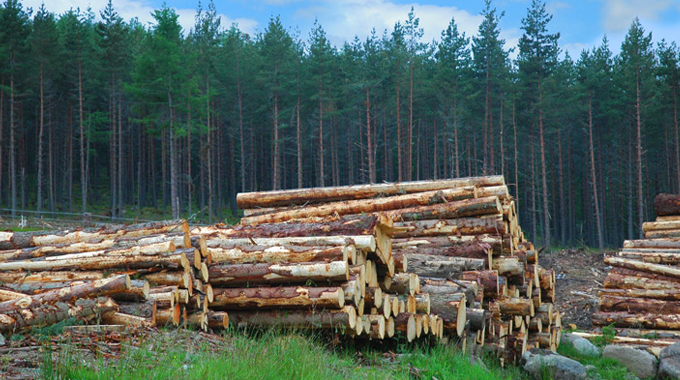
This approach includes selective logging, replanting trees, and preserving old-growth forests, thereby ensuring that forest resources remain available for future generations. Sustainable forestry also emphasizes the importance of preserving the ecological functions of forests, such as carbon sequestration and habitat provision. While traditional logging may offer immediate financial gains, sustainable forestry presents a more balanced approach that addresses long-term environmental health and resilience. As society becomes increasingly aware of the need to protect natural resources, the shift towards sustainable forestry practices is not only beneficial but necessary for ensuring the well-being of our planet.
Table of Content
Traditional Logging
Definition and Methods
Traditional logging involves the extraction of trees primarily for timber and immediate economic gain. The two main methods of traditional logging are clear-cutting and selective logging.
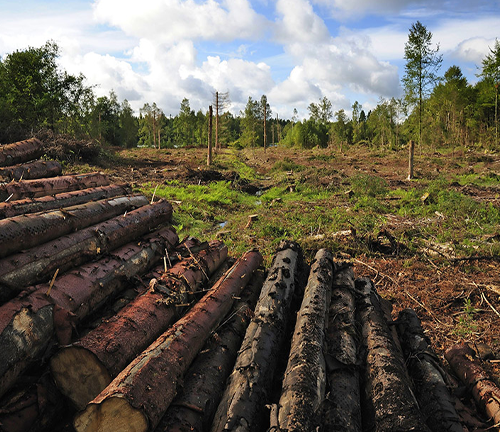
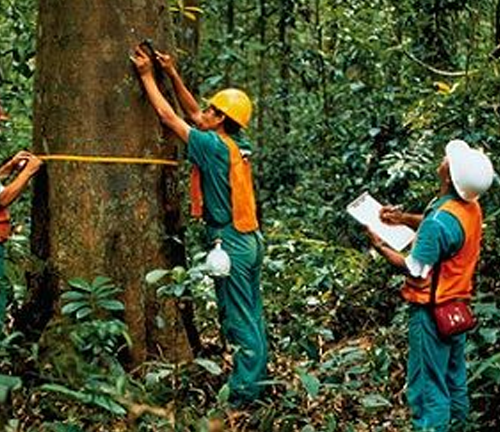
- Clear-cutting
Clear-cutting is a method where most, if not all, trees in an area are cut down. This approach is often used because it is cost-effective and efficient, allowing for the rapid harvest of large volumes of timber. The landscape is left bare, significantly altering the environment and ecosystem. - Selective Logging
Selective logging, on the other hand, involves the removal of specific trees while leaving the rest of the forest largely intact. This method aims to reduce the environmental impact compared to clear-cutting, although it still poses significant ecological risks. By targeting only valuable trees, selective logging can maintain some forest cover, but it can also lead to forest degradation if not properly managed.
Economic Benefits
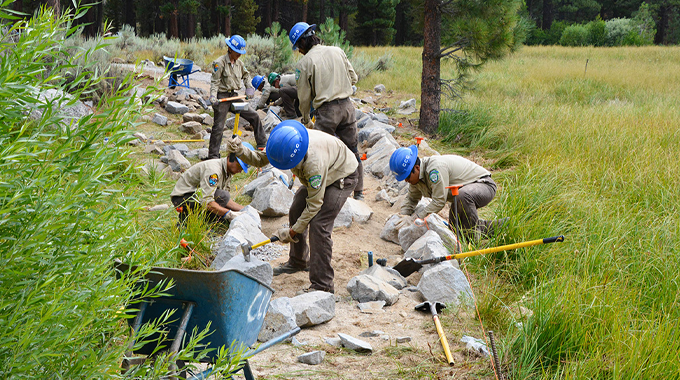
- Immediate Financial Gains
Traditional logging provides immediate financial benefits. Large-scale timber extraction generates significant revenue, supporting local and national economies. Timber is a valuable commodity, and its sale can provide a quick influx of cash, which is particularly important in regions dependent on forestry for their economic well-being. - Job Creation
Logging operations create jobs, from logging crews to transportation and processing facilities, contributing to local employment and economic stability. The logging industry supports a range of jobs, from those who work directly in the forest to those in mills and transportation, fostering economic activity in rural areas.
Environmental Impacts

- Loss of Biodiversity
Traditional logging, especially clear-cutting, leads to substantial loss of biodiversity. Removing vast swaths of forest destroys habitats, endangering numerous plant and animal species. The drastic alteration of the landscape can lead to the extinction of local species and the disruption of entire ecosystems. - Soil Erosion
Without tree roots to anchor the soil, areas subjected to traditional logging often experience severe soil erosion. This can lead to the degradation of land and water quality in nearby rivers and streams. Eroded soil can clog waterways, harming aquatic life and reducing water quality for human use. - Water Cycle Disruption
Forests play a crucial role in maintaining the water cycle. Traditional logging disrupts this cycle, affecting precipitation patterns, water retention, and the overall health of ecosystems. Trees help regulate the water cycle by absorbing and releasing water; their removal can lead to changes in local climates and increased flooding or drought.
Sustainable Forestry
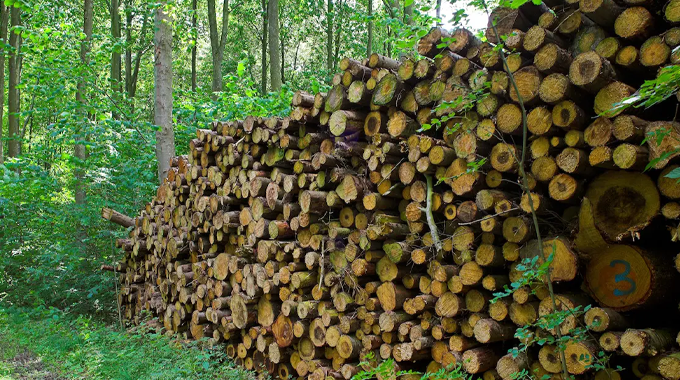
Definition and Principles
Sustainable forestry seeks to manage forests in a way that maintains their biodiversity, productivity, and ecological processes. Key principles include selective logging, replanting, and preserving old-growth forests. The goal is to ensure that forest resources are available for future generations without compromising the ecological integrity of the forest.
- Selective Logging
In sustainable forestry, selective logging is carefully planned and executed to minimize environmental damage. This method ensures that tree removal does not exceed the forest’s natural regeneration capacity. By selecting trees that are mature or diseased, sustainable logging can help maintain the overall health of the forest. - Replanting and Afforestation
Sustainable forestry involves replanting trees and afforestation efforts to replenish harvested areas. This practice helps maintain forest cover and supports ecosystem recovery. Replanting efforts often include a mix of native species to promote biodiversity and resilience. - Preservation of Old-Growth Forests
Old-growth forests are vital for biodiversity and ecosystem stability. Sustainable forestry prioritizes the preservation of these forests, protecting them from logging activities. These ancient forests provide critical habitats and store significant amounts of carbon, making their preservation essential for environmental health.
Economic Benefits
Long-term Resource Availability
Sustainable forestry ensures that forest resources remain available for future generations. By managing forests responsibly, we can harvest timber continuously without depleting the resource. This approach promotes a steady supply of timber and other forest products, ensuring long-term economic stability.
Ecotourism Opportunities
Healthy, well-managed forests attract ecotourism, providing an additional revenue stream. Ecotourism supports local economies and raises awareness about the importance of forest conservation. Visitors come to experience the beauty and biodiversity of well-preserved forests, contributing to the local economy.
Environmental Benefits
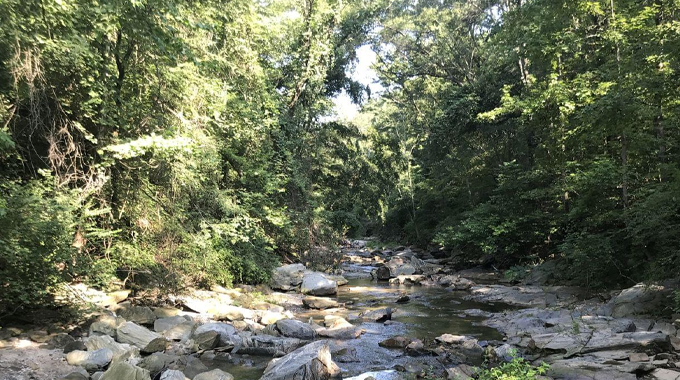
Biodiversity Conservation
Sustainable forestry practices help conserve biodiversity by maintaining habitats and ecosystems. This approach supports a wide variety of plant and animal species. By protecting habitats and promoting ecological diversity, sustainable forestry contributes to the overall health and resilience of the environment.
Carbon Sequestration
Forests play a critical role in carbon sequestration, helping to mitigate climate change. Sustainable forestry ensures that forests continue to absorb carbon dioxide from the atmosphere. By maintaining and enhancing forest cover, sustainable practices help reduce greenhouse gas concentrations.
Soil and Water Conservation
Sustainable practices prevent soil erosion and protect water sources. Healthy forests regulate water cycles and maintain the quality of water in nearby streams and rivers. By stabilizing soil and filtering water, forests play a crucial role in maintaining environmental quality.
Challenges and Solutions

Challenges of Transitioning from Traditional Logging to Sustainable Forestry
Economic Resistance
Traditional logging industries often resist change due to immediate financial incentives. Overcoming this resistance requires demonstrating the long-term economic benefits of sustainable practices. This can involve highlighting the potential for stable, long-term profits and the economic risks of environmental degradation.
Policy and Regulation Hurdles
Regulatory frameworks may not always support sustainable forestry. Adapting policies to encourage sustainable practices is essential for successful implementation. This may involve updating regulations, providing incentives for sustainable practices, and ensuring that enforcement mechanisms are in place.
Potential Solutions and Strategies
Government Incentives
Governments can provide financial incentives for sustainable practices, making them more attractive to logging companies. Subsidies, tax breaks, and grants can help offset initial costs. These incentives can help bridge the gap between traditional and sustainable practices, encouraging more companies to adopt sustainable methods.
Education and Awareness Programs
Raising awareness about the benefits of sustainable forestry is crucial. Education programs for industry stakeholders, policymakers, and the public can foster support for sustainable practices. By increasing understanding of the economic, environmental, and social benefits of sustainable forestry, education programs can help build broad-based support for sustainable practices.
Technological Advancements
Technological innovations can improve the efficiency and effectiveness of sustainable forestry. Remote sensing, GIS mapping, and advanced harvesting techniques help manage forests more sustainably. These technologies can help reduce environmental impacts, improve forest management, and increase the profitability of sustainable practices.
Frequently Asked Questions (FAQs)
- What is traditional logging?
Traditional logging involves the large-scale extraction of timber, often through methods like clear-cutting or selective logging, primarily driven by immediate economic gains. - What is sustainable forestry?
Sustainable forestry is a management approach that aims to maintain the health and diversity of forest ecosystems while providing economic benefits. It includes practices like selective logging, replanting, and preserving old-growth forests. - How does clear-cutting differ from selective logging?
Clear-cutting involves removing most or all trees in an area, leading to significant ecological disruption. Selective logging removes specific trees, minimizing environmental impact and supporting forest regeneration. - What are the economic benefits of traditional logging?
Traditional logging offers immediate financial gains and job creation, providing a boost to local and national economies through the sale of timber. - What are the environmental impacts of traditional logging?
Traditional logging can cause loss of biodiversity, soil erosion, and disruption of water cycles, leading to long-term ecological damage. - What principles guide sustainable forestry?
Sustainable forestry focuses on selective logging, replanting and afforestation, and the preservation of old-growth forests to ensure long-term resource availability and environmental health. - How does sustainable forestry benefit the economy?
Sustainable forestry supports long-term resource availability, promotes ecotourism, and provides stable employment by ensuring continuous forest productivity. - What are the environmental benefits of sustainable forestry?
Sustainable forestry helps conserve biodiversity, sequester carbon, and protect soil and water resources, contributing to overall ecosystem health and resilience. - How do the economic impacts of traditional logging and sustainable forestry compare?
Traditional logging provides short-term economic gains but can lead to long-term economic losses due to environmental degradation. Sustainable forestry offers more stable, long-term economic benefits by maintaining healthy forest ecosystems. - How do the environmental impacts of traditional logging and sustainable forestry compare?
Traditional logging often results in severe ecological damage, while sustainable forestry promotes ecosystem health and resilience, supporting biodiversity and climate change mitigation. - What are the social and community benefits of sustainable forestry?
Sustainable forestry involves local communities in management decisions, supports cultural and recreational activities, and provides long-term employment opportunities, fostering community well-being. - Can you provide examples of successful sustainable forestry initiatives?
Countries like Sweden and Finland have implemented successful sustainable forestry practices, resulting in healthy forests that support biodiversity, provide economic benefits, and offer recreational opportunities. - What challenges exist in transitioning from traditional logging to sustainable forestry?
Challenges include economic resistance from traditional logging industries, policy and regulation hurdles, and the need for initial investments in sustainable practices. - What solutions can support the transition to sustainable forestry?
Potential solutions include government incentives, education and awareness programs, and technological advancements that enhance the efficiency and effectiveness of sustainable forestry practices. - Why is sustainable forestry considered the better approach for forest management?
Sustainable forestry balances economic needs with environmental stewardship, ensuring that forests remain healthy and productive for future generations. It supports long-term economic stability, ecological resilience, and social well-being, making it a superior approach to traditional logging.

Gilbert Griffin
Forestry AuthorGilbert Griffin is a forest management expert specializing in sustainable practices, forest health, conservation, and land management. With extensive knowledge in pest control, disease management, and habitat restoration, Gilbert develops strategies to preserve forest ecosystems and biodiversity. Passionate about the natural world, Gilbert adapts to changes in forest management and stays updated through continuous learning. Gilbert also provides seasonal advice to optimize forest care throughout the year.

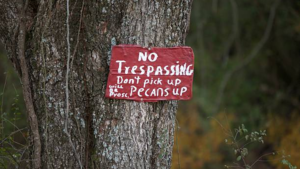

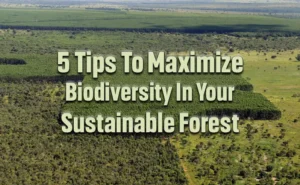


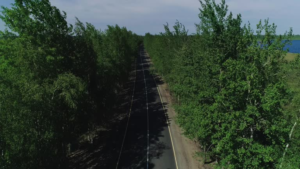
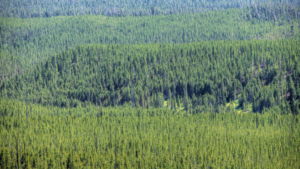
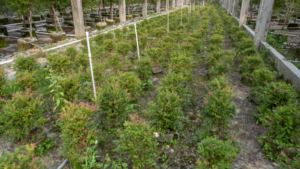

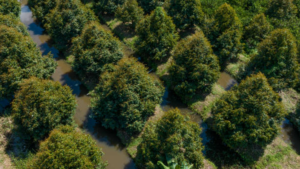

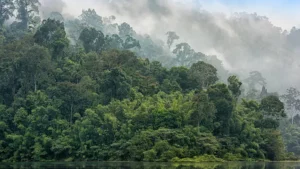
Leave your comment